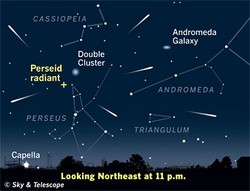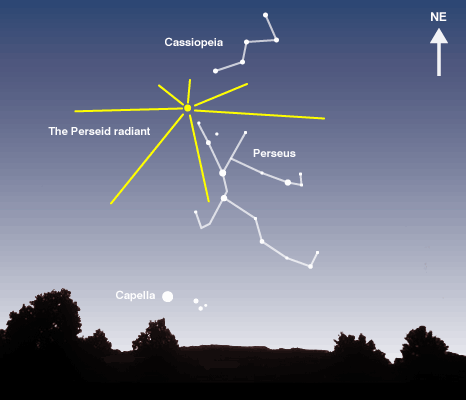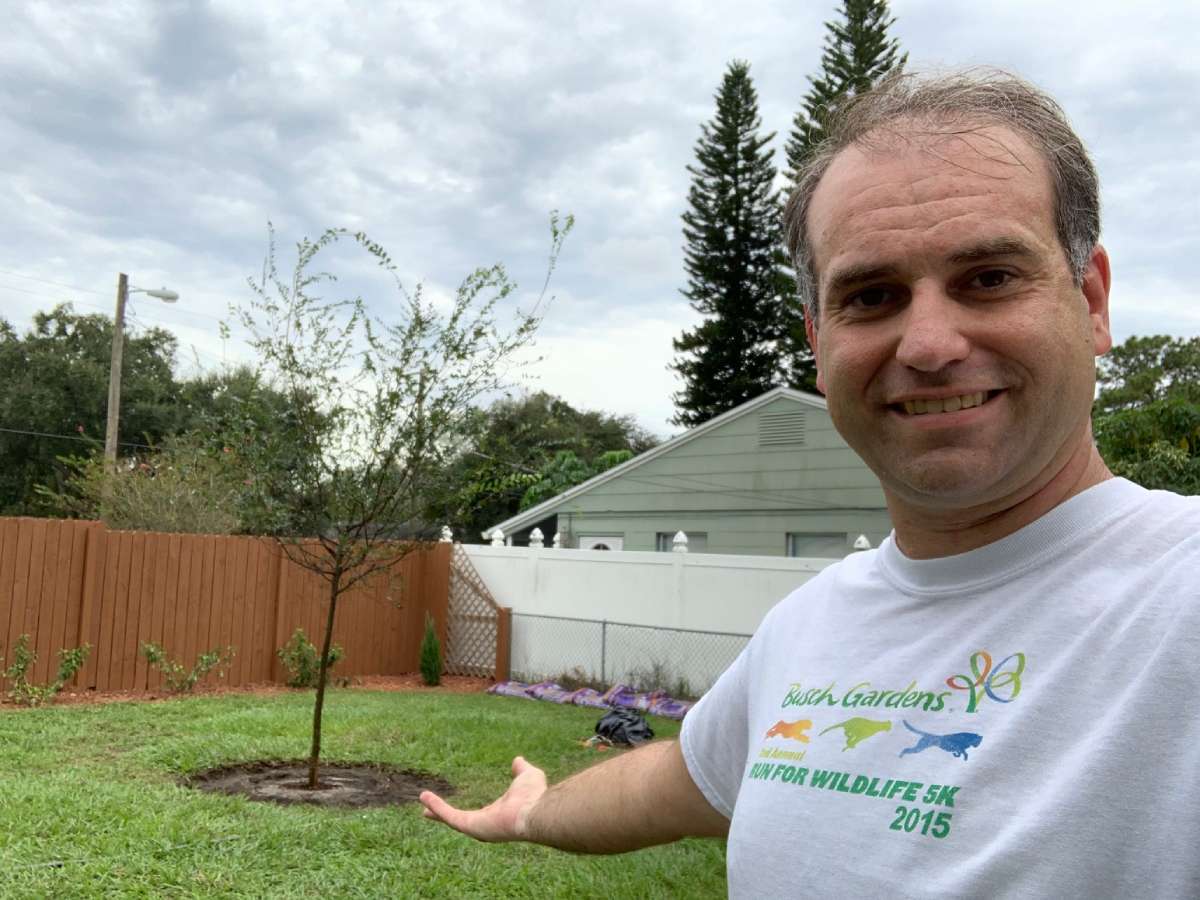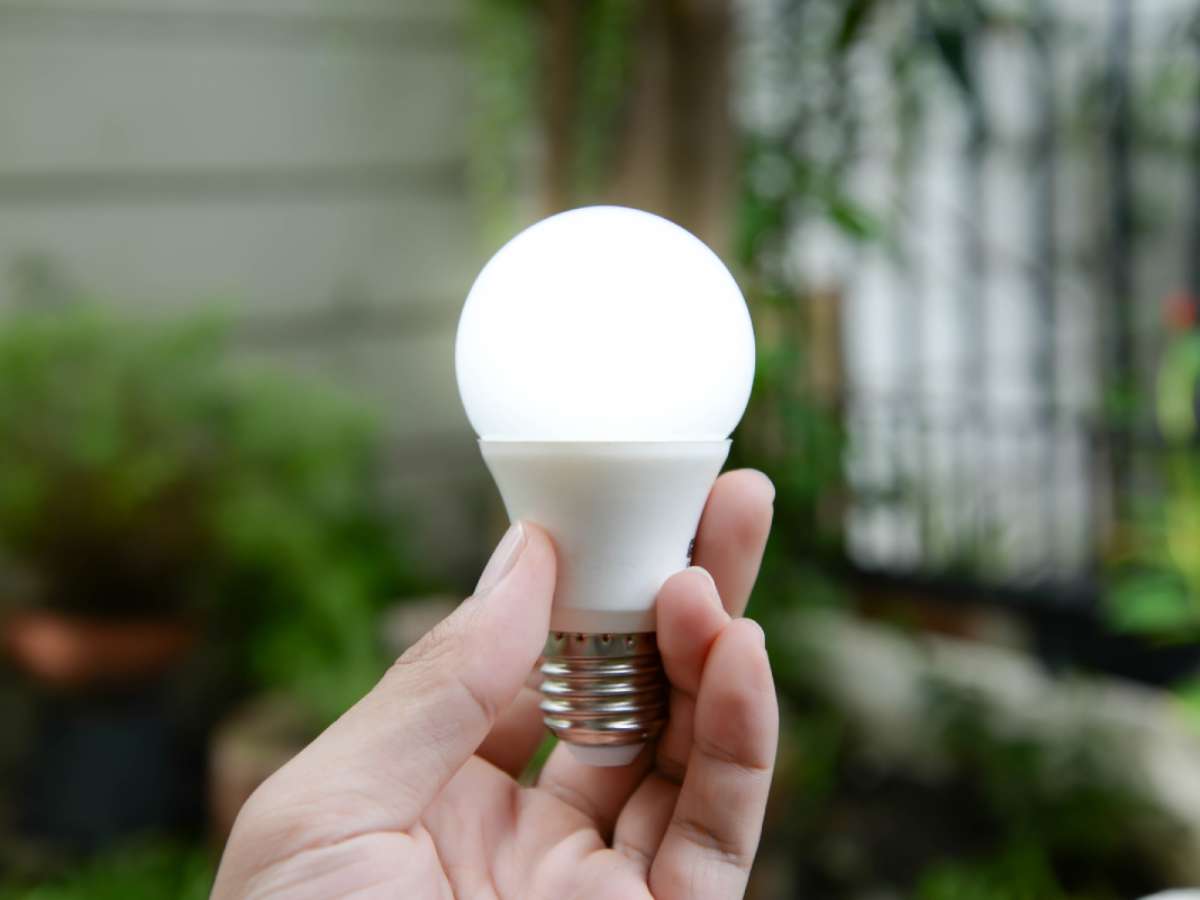Do you remember the first time you saw a brilliant shooting star streaking across the sky?
Well, focus your gaze northeast into the night sky and you may see upwards of 80 per hour!
One of nature’s most impressive displays of grandeur is the Perseids meteor shower.
The Perseids are the most dependable and most viewed meteor shower of the year in the Northern hemisphere.
Their magnificence is second only to the December Geminids, but you also don’t have to brave a cold wintry night to view them either.
This year’s Perseids will offer a special treat since their peak activity doesn’t compete with the moon for visibility. This optimal viewing of the Perseids only happens every 3 years.
Read on for all the best tips to making the most of a Perseids viewing party…
How To Watch The Perseids Meteor Shower
- Get Away From Artificial Light: If at all possible, get out of the city a little ways since its light pollution will obscure your view of the stars, hence, the meteor shower.
- Look Northeast: Since the Perseids seem to radiate from the constellation Perseus in the northeastern sky, that’s the direction you’ll focus on.
Astronomy.com has some more specific tips that will be incredibly helpful for maximum Perseids viewing:“Early in the evening, set up a lawn chair, preferably one that reclines. Face east, and look halfway up. After midnight (around the time of moonrise), adjust your chair, and generally look overhead. Glancing around won’t hurt anything.”
- Drive Northeast Too: If you live in the city and are going to get out-of-town about 20-40 miles to catch the show, you won’t want to drive to the south, for example, and then have to look back through the light pollution of the city glow when you look Northeast.So go ahead and drive north or northeast to find a good spot to set up camp.
- Maximize Your Night Vision: Give your eyes about 15 minutes to adjust to the dark and then do NOT look at the moon, your cell phone screen, a flashlight, etc. It will take another 15 minutes for your eyes to adjust again. Boo.
- Timing Is Everything: The best time to view the Perseids is between midnight and dawn, your local time.
- Be Alcohol-Free: The aforementioned Astronomy.com articles goes on to say,
“In addition to your chair, bring a blanket, bug spray, cookies, fruit, and a non-alcoholic beverage (alcohol interferes with the eye’s dark adaptation as well as the visual perception of events).”
Well that’s no fun. Oh well, drink or don’t drink, we won’t tell…
- Telescope or Still Camera? Chiff.com says,
While mostly viewable to the naked eye, the annual Perseid meteor show could be partially obstructed by the moon, clouds or night mist, so amateur astronomers may want to carry along a pair of binoculars or a camera with a telescopic lens. Even on clear nights, some kind of viewing aid comes in handy for catching sight of even the faintest of falling stars, aptly named “telescopic” meteors. Experts usually just advise to forget the telescope, and simply look up toward the northeast sky.
For photographing the annual event, a digital camera mounted on a tripod helps to steady the images that swiftly move across the sky. A quick trigger finger also helps. Even random clicks during the height of Perseid “prime-time” will guarantee that you’ll catch something! Be sure to have the camera focused on infinity and, if your camera permits, leave the shutter open for several minutes for the most spectacular photographic effects.
Experts are expecting to see 60 to 80 meteors per hour on Thursday night/Friday morning, so get drink some coffee, stay out late, and be tired at work on Friday so you can catch a once every 3-year fireworks show.
So get out of the city (it’ll do you some good), kick back in the [hopefully] cool summer night air and enjoy one of nature’s fireworks display. The best part is, these fireworks won’t give you lead poisoning!
Have fun at your Perseid party!
UPDATE: 4 Awesome Sky Events You Can See Without A Telescope – When & Where To View Them





